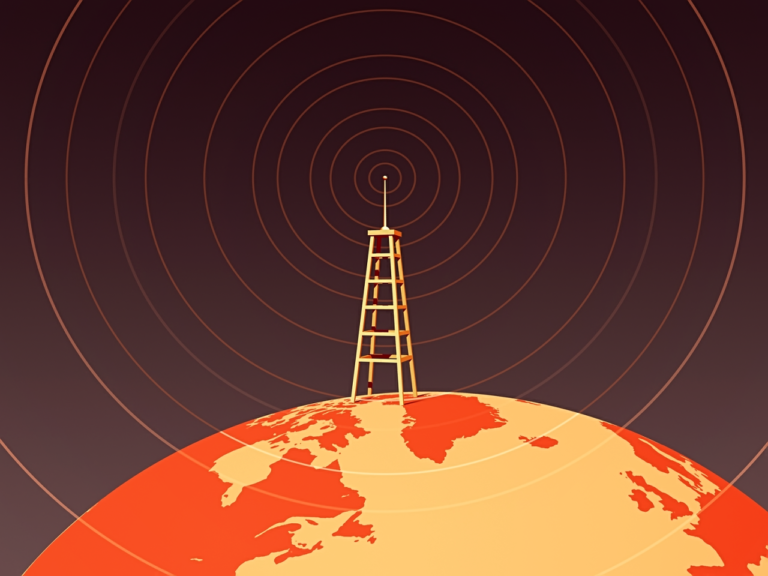Navigating Remote ID Requirements for UAS: What Organizations Need to Know

Remote ID requirements for unmanned aircraft systems (UAS) have had a significant impact on the commercial drone industry. The Federal Aviation Administration (FAA) implemented these regulations to enhance safety, security, and accountability in the airspace. In this article, we will discuss the basics of Remote ID, its implications for commercial organizations operating UAS, and how Unmanned Aeronautics’ UAS platforms are equipped to meet these requirements.
- What is Remote ID?
Remote ID is a system that enables the identification and tracking of UAS in real-time. It provides information such as the drone’s location, altitude, speed, and identification details of the drone and its operator. The primary goal of Remote ID is to improve situational awareness for both manned and unmanned aircraft in the airspace, reducing the risk of collisions and enhancing overall safety.
- Remote ID Requirements for Commercial Organizations
Commercial organizations operating UAS must comply with the FAA’s Standard Remote ID requirements. These requirements dictate that UAS must broadcast identification and location information directly from the aircraft using radio frequency technologies such as Wi-Fi or Bluetooth. Compliance with Remote ID regulations is crucial for organizations to operate legally within the United States. It is essential to ensure that your organization’s UAS are equipped with the necessary hardware to meet these requirements and maintain compliance with the FAA’s regulations.
- Implications for Commercial Organizations Operating UAS
Commercial organizations must ensure that their UAS operations are compliant with Remote ID requirements to avoid penalties and potential revocation of their remote pilot’s Part 107 certification. This involves selecting UAS platforms that are equipped with the necessary hardware to meet Remote ID requirements and training their personnel to adhere to these regulations.
- Unmanned Aeronautics’ UAS Platforms and Remote ID Compliance
Unmanned Aeronautics has closely followed the regulatory changes to ensure that our UAS platforms, including the XRay® and GhostRay®, are equipped with the necessary hardware to meet Remote ID requirements. This enables commercial organizations to operate our UAS platforms with confidence, knowing that they are compliant with FAA regulations.
Understanding and complying with Remote ID requirements is essential for commercial organizations operating UAS. Unmanned Aeronautics’ UAS platforms come equipped with the necessary hardware to meet these regulations, allowing organizations to focus on their core operations while ensuring safe and legal drone activities. Stay up-to-date with the latest regulatory changes and ensure your organization’s UAS operations remain compliant and efficient.